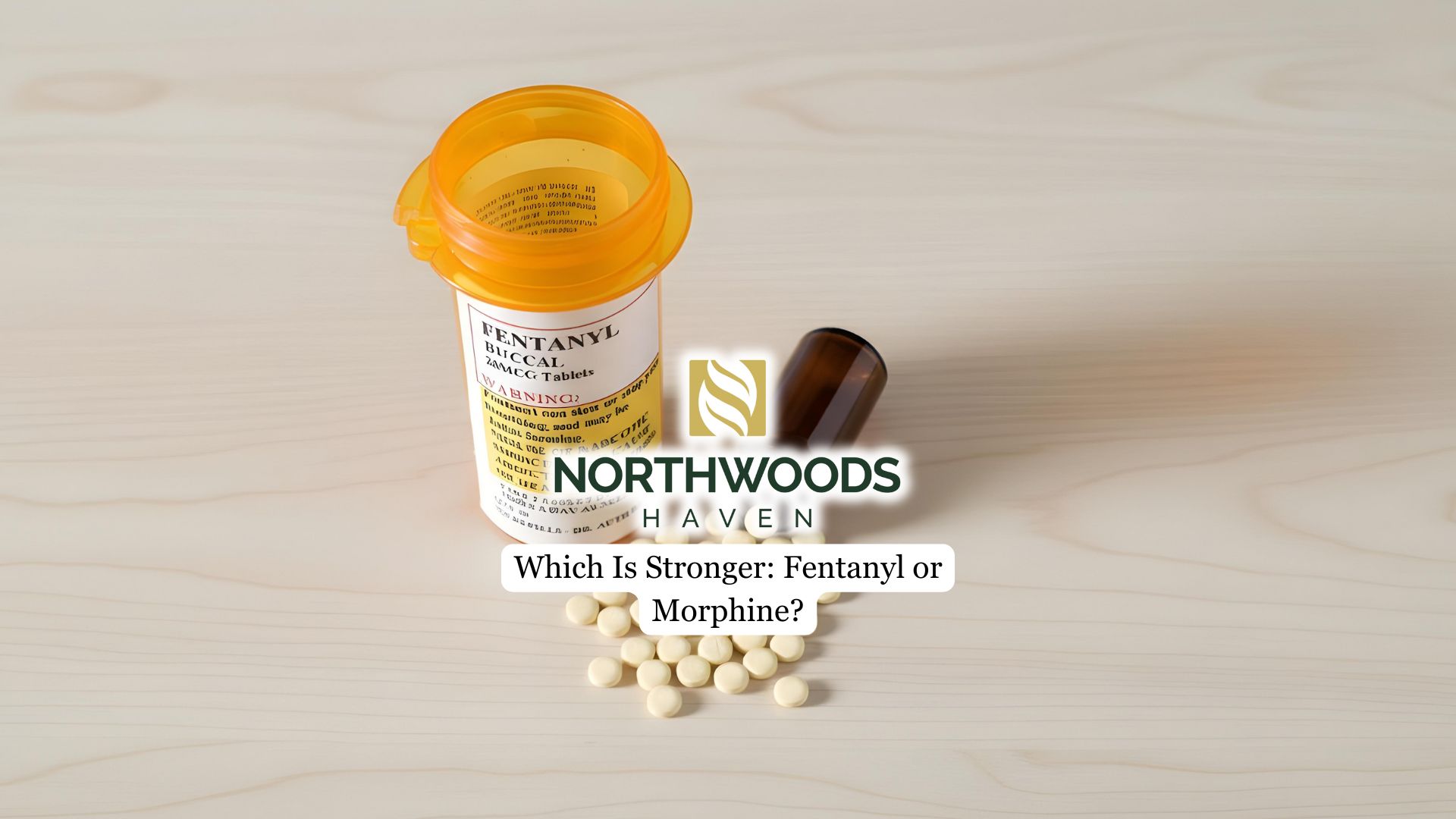Addiction rarely occurs in isolation. Many individuals facing substance use struggles also live with psychological issues that influence the development, severity, and treatment of this challenge. These co-occurring conditions, often referred to as dual diagnosis, necessitate integrated care to address both issues simultaneously.
This article explores the most common mental health conditions that occur alongside substance use, why they develop, and how comprehensive treatment approaches support long-term recovery.
Understanding Co-Occurring Disorders
A co-occurring condition means that an individual is experiencing both a substance use issue and at least one mental health challenge. These issues often interact in complex ways, with one influencing or worsening the other. For example, untreated depression may lead someone to misuse alcohol as a coping mechanism, while chronic drug use can trigger or intensify symptoms of anxiety.
Recognizing and treating both sides of this dual challenge is crucial for sustainable recovery, as ignoring either condition often results in repeated relapse or ineffective treatment. For many, Northwoods Haven Recovery’s dual diagnosis program in Minneapolis, MN, will provide the flexibility and support needed to address both conditions simultaneously while maintaining daily responsibilities.
Depression
Depression is one of the most frequently diagnosed mental health issues among people struggling with substance use. Persistent sadness, hopelessness, and lack of motivation can drive individuals to seek temporary relief through alcohol, opioids, or stimulants. Unfortunately, substance use not only fails to solve the underlying depression but often deepens it, creating a destructive cycle that is difficult to break without proper help.
Evidence-based treatments such as cognitive behavioral therapy (CBT), medication management, and holistic care strategies, when paired with recovery support, provide individuals with healthier tools for coping while addressing the root causes of both conditions.
Anxiety Disorders
Anxiety, including generalized anxiety, panic attacks, and social anxiety, is also closely linked to substance misuse. Many individuals attempt to self-medicate with alcohol, sedatives, or cannabis to reduce anxious thoughts, panic symptoms, or social fears. While this may bring short-term relief, it quickly escalates into dependence, worsening anxiety, and interfering with daily responsibilities and relationships.
Effective treatment for anxiety and substance use requires addressing both conditions simultaneously through therapeutic approaches, stress management techniques, and safe medical interventions that reduce reliance on substances.
Post-Traumatic Stress Disorder (PTSD)
PTSD is another common co-occurring condition, particularly among veterans, first responders, and individuals with histories of abuse or traumatic events. Symptoms such as intrusive memories, flashbacks, hypervigilance, and emotional numbness often lead individuals to misuse alcohol or drugs in an effort to block distress.
However, substance use prevents true healing and may exacerbate symptoms. Integrated treatment for PTSD often includes trauma-informed therapy, eye movement desensitization and reprocessing (EMDR), group support, and mindfulness-based practices that allow individuals to process trauma in healthier, more sustainable ways.

Bipolar Disorder
Bipolar disorder, which involves alternating periods of depression and mania, significantly increases the likelihood of substance use. During manic episodes, individuals may engage in high-risk behaviors, including excessive drinking or drug use. In depressive phases, the same individuals may turn to substances to escape hopelessness.
This cycle complicates diagnosis and treatment, as the symptoms of bipolar disorder and substance use often overlap. Stabilization through mood-stabilizing medications, psychotherapy, and treatment programs tailored for dual diagnosis is essential to manage mood fluctuations while reducing reliance on harmful substances.
Personality Disorders
Certain personality-related conditions, such as borderline personality disorder (BPD) and antisocial personality disorder (ASPD), are also linked to substance misuse. Traits including impulsivity, unstable relationships, difficulty managing emotions, and a tendency toward risk-taking behaviors can lead to higher rates of substance use.
These conditions can complicate treatment because they often involve resistance to change or difficulty maintaining trust. Structured therapeutic interventions, such as dialectical behavior therapy (DBT), combined with substance use treatment, provide strategies for emotional regulation, improving interpersonal skills, and reducing relapse risks.
Why Treating Both Conditions Matters
Addressing only substance use without acknowledging underlying mental health concerns leaves individuals vulnerable to relapse. Similarly, treating a psychological disorder without recognizing a co-occurring substance issue can undermine progress.
Integrated treatment that combines therapy, medical support, and relapse prevention strategies ensures that both aspects are managed effectively. This approach recognizes the interconnected nature of recovery, giving individuals the best opportunity for lasting stability.
Final Thoughts from Northwoods Haven Recovery
Co-occurring disorders complicate the path to recovery, but they are highly treatable with the right approach. Addressing both the mental health condition and the addiction together provides individuals with the strongest chance of long-term stability and improved quality of life.
At Northwoods Haven Recovery, our addiction treatment program in Minneapolis, MN, understands the complexities of dual diagnosis and provides integrated, evidence-based care designed to meet each person’s unique needs. Treating co-occurring disorders and substance use simultaneously, we help individuals build the foundation for lasting wellness and a healthier, more fulfilling future.


